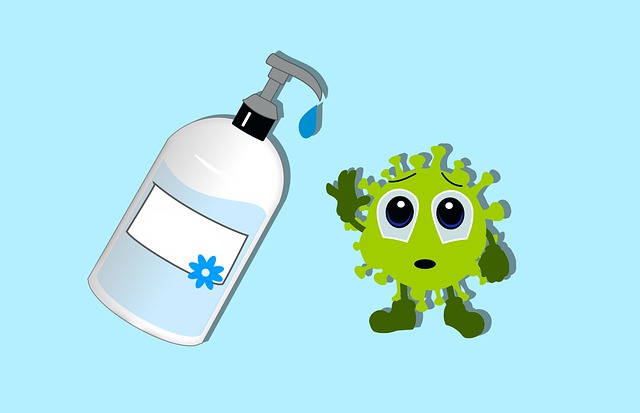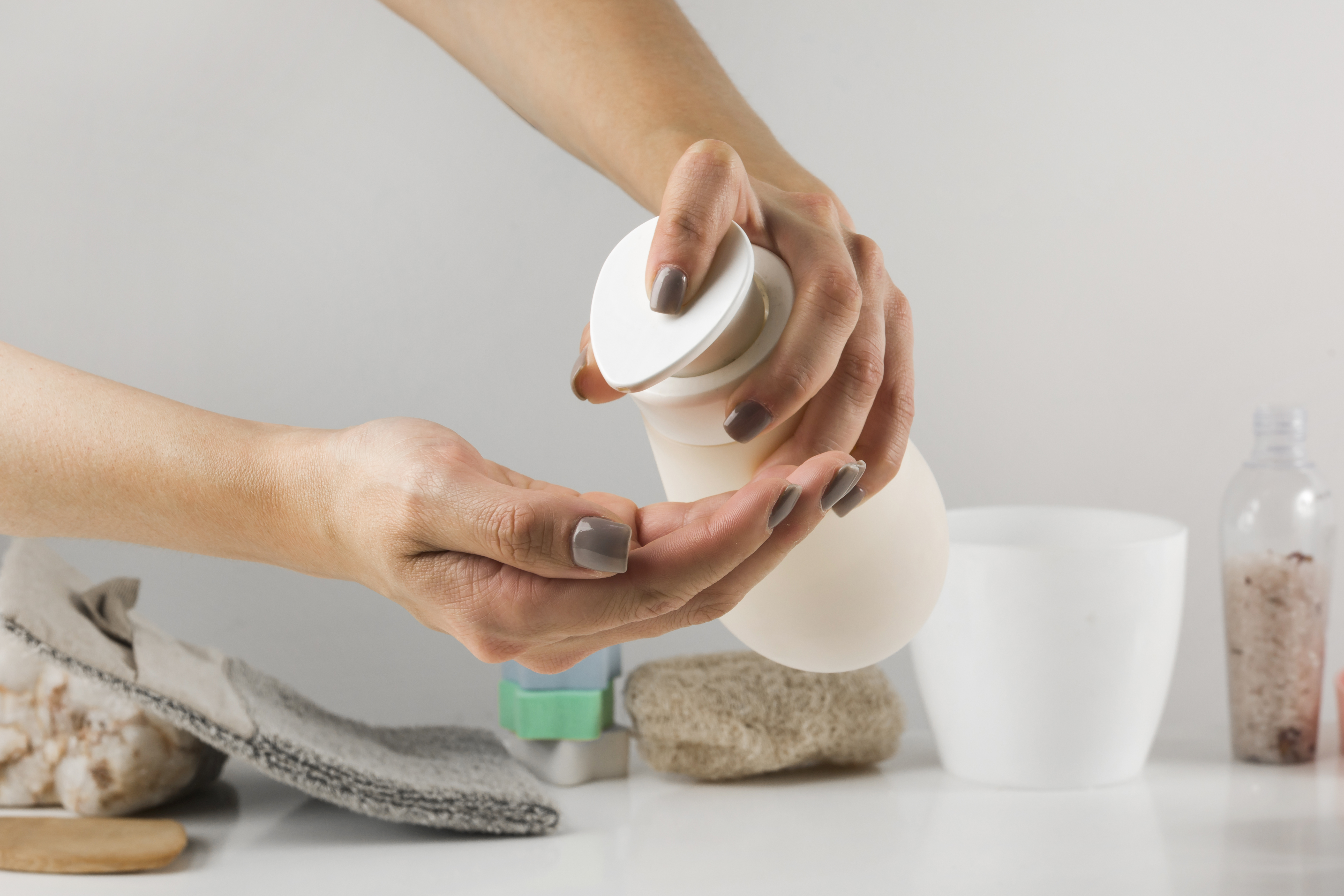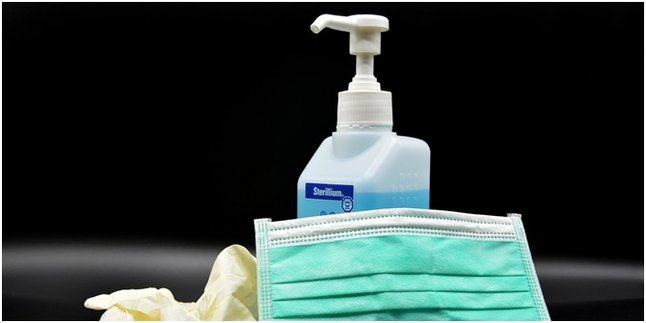Kapanlagi.com - Hand sanitizer is believed to eradicate germs, bacteria, and viruses in the hand area. However, due to the spread of the corona virus or covid-19, hand sanitizer has become scarce. But don't worry, you can make it yourself by knowing how to make hand sanitizer.
Indeed, this antiseptic is in high demand in the market and difficult to find. Making hand sanitizer yourself is not difficult. Hand sanitizer is used when you are in an emergency situation, for example, when you are in public transportation or in public places.
The use of hand sanitizer is very necessary to protect your hands. Kapanlagi.com cites from the World Health Organization or (WHO), which has published how to make hand sanitizer to prevent the corona covid-19 pandemic. Here's how to make hand sanitizer yourself.
1. Materials Needed

How to make hand sanitizer according to WHO standards (credit:pixabay)
The main ingredient in making hand sanitizer is alcohol. Alcohol is believed to be a substance that kills bacteria and viruses. Alcohol also disables the protein tissue in bacteria and viruses. To make your own hand sanitizer, the alcohol content in the hand sanitizer should be at least 60%.
In addition, hand sanitizer can be stored for years at a stable room temperature. This is because of the alcohol content in it. You must store hand sanitizer away from direct sunlight. If not, hand sanitizer will not be effective in killing germs and viruses due to a decrease in alcohol concentration.
- 96% Alcohol
- 3% Hydrogen peroxide
- 98% Glycerol
- Distilled water or cold boiled water
2. Steps of Making

How to make hand sanitizer according to WHO standards (credit: freepik)
- For 1 liter of hand sanitizer, you need alcohol with a concentration of 96% or about 833 ml. The first step is to pour 833 ml of alcohol into a container. Alcohol functions as the most important active antiseptic ingredient.
- Then add 41.7 ml or about 3% of H2O2. Stir well. H2O2 here functions to kill bacteria and viruses due to the antimicrobial content in H2O2.
- After adding these two ingredients, the next step is to add about 14.5 ml of glycerol. Glycerol functions to soften the hand sanitizer when used. Glycerol has a sticky and viscous nature. Therefore, glycerol needs to be dissolved first using distilled water or cooled boiled water.
- After stirring evenly, the hand sanitizer should be immediately divided and poured into several bottles. Store for 72 hours before use.
- For 1 liter of hand sanitizer, 96% alcohol or approximately 833 ml is needed. The first step is to pour 833 ml of alcohol into a container. Alcohol functions as the most important active antiseptic ingredient.
- Then add 41.7 ml or approximately 3% H2O2. Stir well. H2O2 functions to kill bacteria and viruses due to its antimicrobial properties.
- After the two ingredients are added, the next step is to add approximately 14.5 ml of glycerol. Glycerol functions to soften the hands when using the hand sanitizer. Glycerol has a sticky and viscous nature. Therefore, glycerol needs to be dissolved first using distilled water or cooled boiled water.
- After stirring evenly, the hand sanitizer should be immediately divided and poured into several bottles. Store for 72 hours before use.
3. Hand Sanitizer Usage
Pour hand sanitizer onto your palm. Then spread the hand sanitizer liquid evenly between your fingers. Next, rub your hands starting from the surface of your hands, back of your hands, fingertips or nails, to your wrists. Rub your hands until the hand sanitizer is completely dry.
4.
Although you already know how to make hand sanitizer, it is better to use hand sanitizer as a last resort when there is no soap and water nearby. However, there is one more thing you need to pay attention to when using hand sanitizer. Here are things to avoid when using hand sanitizer:
- Avoid using hand sanitizer if you have allergies to chemical ingredients.
- Avoid using hand sanitizer on wounded, cracked, or irritated skin.
- Hand sanitizer is a product that is only used on the hands.
- Avoid hand sanitizer contact with your eyes. Rinse immediately with water if it comes into contact with your eyes.
- If you experience persistent allergies, stop using it and consult a doctor immediately.
5. Make it the Last Option
Above are alternative ways to make hand sanitizer. You can apply it at home when you have difficulty finding hand sanitizer sold in the market. Long-term use of hand sanitizer has side effects such as dry and sensitive skin due to the chemical content in it.
It should be noted that if you use hand sanitizer, it is better to make it the last option when you have difficulty finding water. If it is still possible to wash your hands with water and soap, then don't be lazy to wash your hands with water and soap.
(kpl/dtm/gen)
Disclaimer: This translation from Bahasa Indonesia to English has been generated by Artificial Intelligence.














